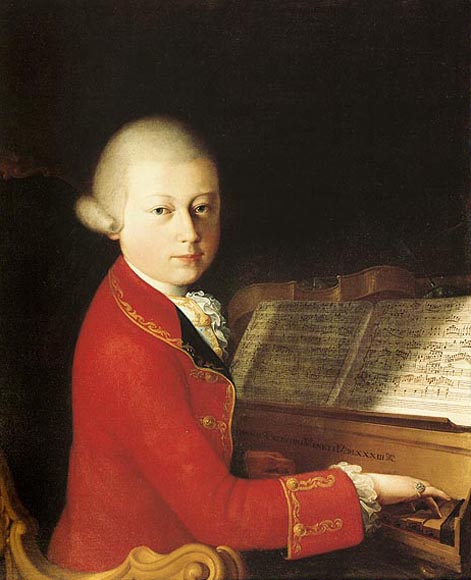Viola technique is somewhat different than violin technique in that there is a larger span needed for the fingerboard and more pressure must be applied to stop strings on the fingerboard, and more pressure as well on the bow to make the string sound. The larger diameter and longer length of the strings also make the viola slightly slower to 'speak'. The viola is the only member of the violin family that does not have a standardized size, probably because of the problems in playing the instrument, especially for players with short arms or small hands.
J.S. Bach loved to play the instrument as did Mozart, and because of that it has been called a composer's instrument. No doubt being in the 'middle' of the harmony is what attracted composers to the viola, but besides a few notable exceptions the viola has not been used as a soloist in concertos. Berlioz's Harold In Italy is one of those exceptions, and that composition isn't so much a viola concerto as a symphony with viola obbligato. One of the earliest examples of a viola concerto is by Telemann. His Viola Concerto In G Major was written probably between 1715-1720 and is still performed today.
Instead of writing the concerto in the 3-movement fast-slow-fast form used by Vivaldi and other composers of the time, Telemann used the older 4-movement church sonata form of slow-fast-slow-fast. Telemann lived a long life and was one of the composers that created a bridge between the Baroque style and the newer style galant that led to the classical era of music by Haydn and Mozart.
I. Largo - This opening movement makes good use of the viola's mellow tone. The string orchestra plays a ritornello, a short tune repeated by the orchestra, as the viola plays between the repeats of the short tune. The ritornello is repeated a few times, the viola comments, and the movement ends.
II. Allegro - A melody is played by the strings, the viola has its say in this short movement that is also in ritornello form, a favorite of Baroque composers. Baroque composers were aware of what other composers in other countries were writing. Vivaldi was a great influence on German composers as can be heard in Vivaldi-like allegro.
III. Andante - The viola sings a slowly moving song in G minor as the strings gently accompany.
IV. Presto - A movement of high energy as the strings start things off and the viola joins in.
This concerto shows to good effect what ritornello form was capable of in the hands of a master. This viola concerto has been one of Telemann's most popular works, most likely because Telemann has managed to span the centuries by composing a piece that is Baroque in the best sense of the word while also writing with a lightness that appeals to the more modern listener.








